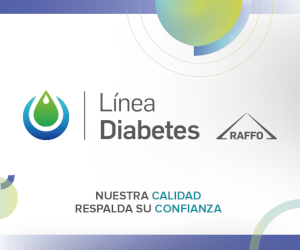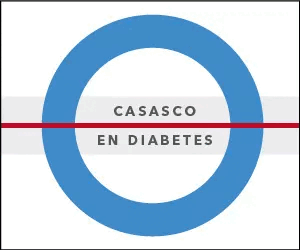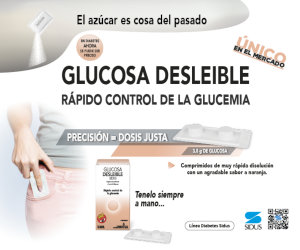P9 Risk of developing type 2 diabetes accordin to FINDRISC and socioeconomic status
DOI:
https://doi.org/10.47196/diab.v54i3Sup.390Keywords:
risk, type 2 diabetes, score de FINDRISCAbstract
Background: The risk of developing type 2 Diabetes (T2D) is related to low socioeconomic status (SES) in developed countries, but there are few evidences for developing countries.
Objective: To verify in a local population, the relationship between frequency of risk of developing T2D and SES.
Methods: A cross-sectional study. We interviewed 150 people 45-64 years of age living in a District of Ensenada Municipality (Buenos Aires, Argentina). For the interview we used 3 questionnaires: i) one to record identification data anonymously; ii) the Finnish Diabetes Risk Score (FINDRISC) and ii) a questionnaire collecting information about educational level and the total household income. Statistical analysis was performed with parametric or nonparametric tests as appropriate.
Results: The interviewed were mostly women (56%) with an average low educational and income level; 40% presented a moderate to very high risk for developing T2D, whereas 60% presented a low (24.7%) or slightly high (35.3%) risk. The risk score increased significantly with lower SES. Moreover, respondents that reached a higher education level than their parents showed a non-significantly lower average FINDRISC score than those who did not reach this improvement.
Conclusion: Our data show in a developing country an inverse relationship between risk of developing T2D and SES.
Downloads
Published
How to Cite
Issue
Section
License

This work is licensed under a Creative Commons Attribution-NonCommercial-NoDerivatives 4.0 International License.
Dirección Nacional de Derecho de Autor, Exp. N° 5.333.129. Instituto Nacional de la Propiedad Industrial, Marca «Revista de la Sociedad Argentina de Diabetes - Asociación Civil» N° de concesión 2.605.405 y N° de disposición 1.404/13.
La Revista de la SAD está licenciada bajo Licencia Creative Commons Atribución – No Comercial – Sin Obra Derivada 4.0 Internacional.
Por otra parte, la Revista SAD permite que los autores mantengan los derechos de autor sin restricciones.







































